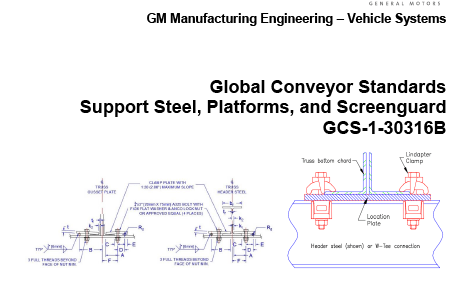mountaineers19
Structural
- Jun 4, 2024
- 19
Has anyone had any experience designing a clamp like this before? I am curious what your design steps are since there isn't any design guide or example that I have seen out there yet.
Follow along with the video below to see how to install our site as a web app on your home screen.
Note: This feature may not be available in some browsers.

Yes.mountaineers19 said:Has anyone had any experience designing a clamp like this before?
